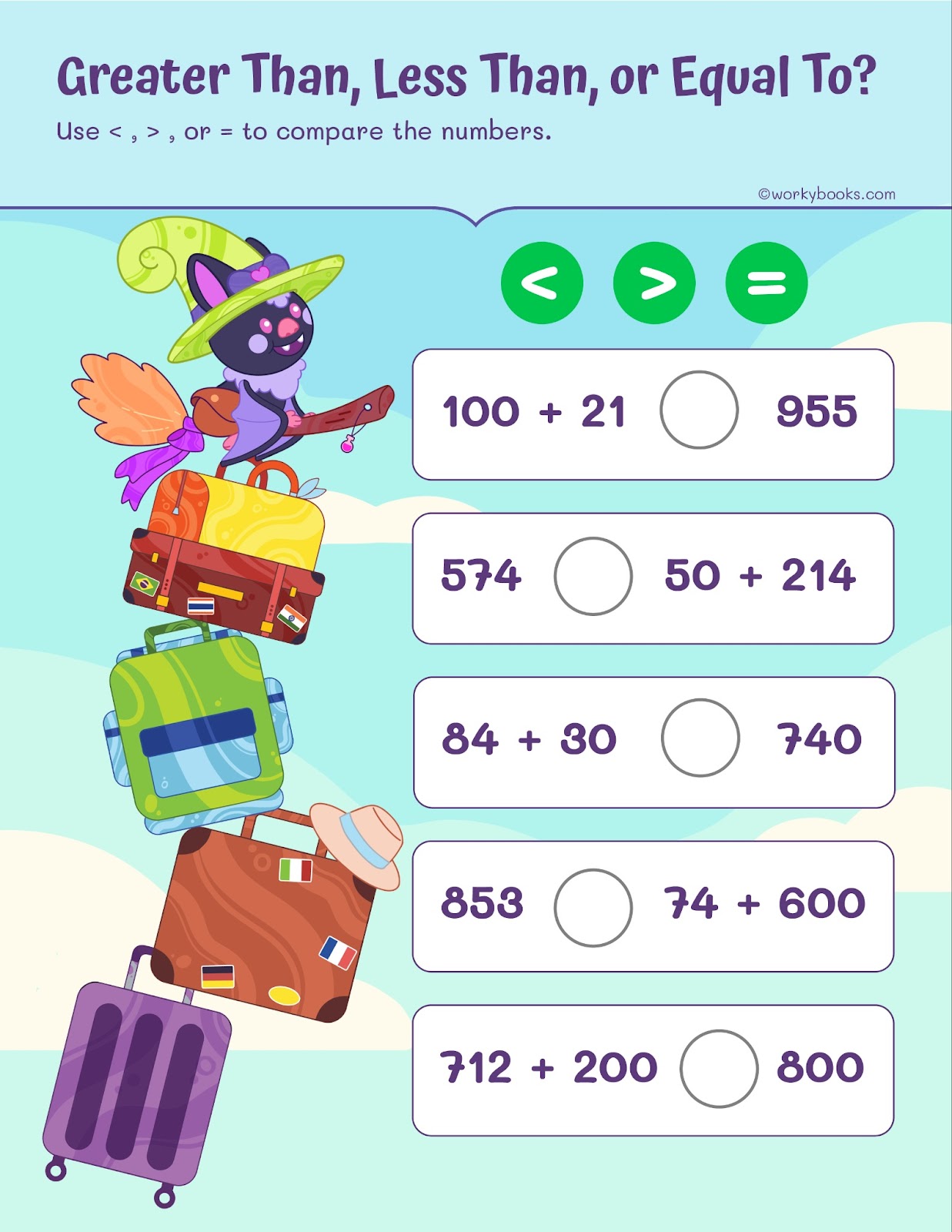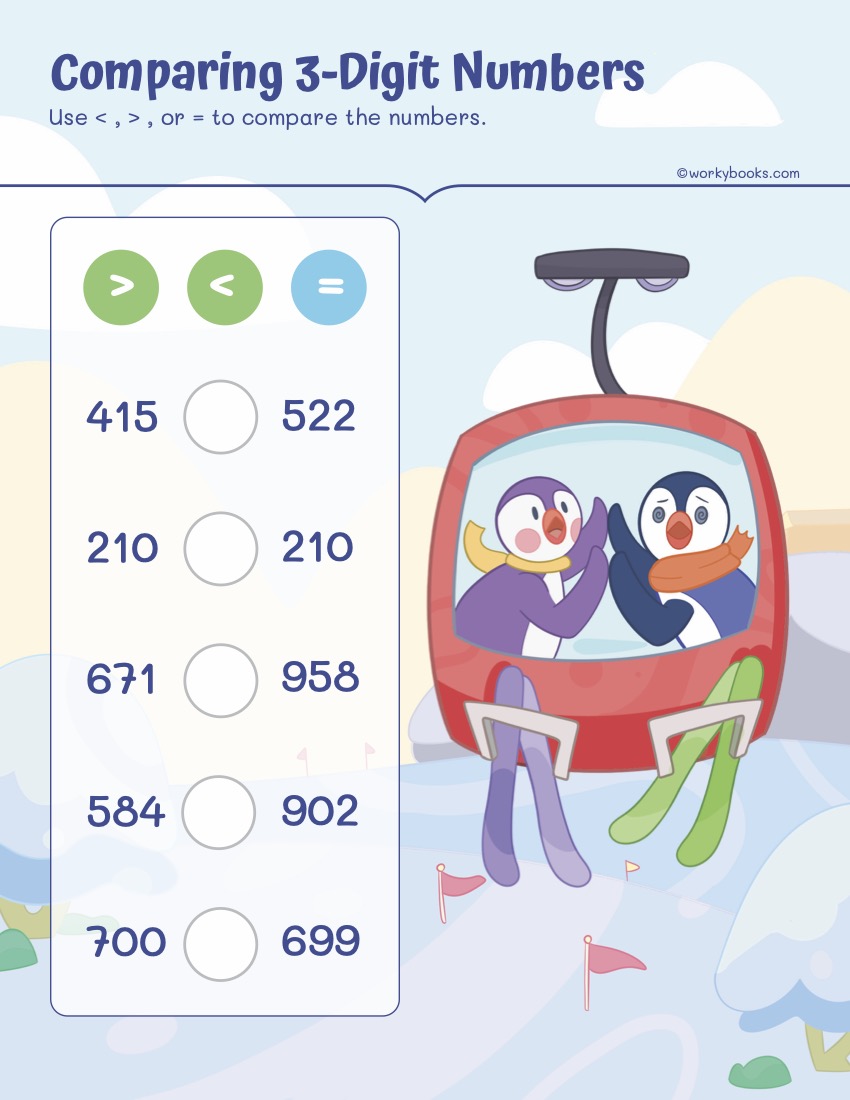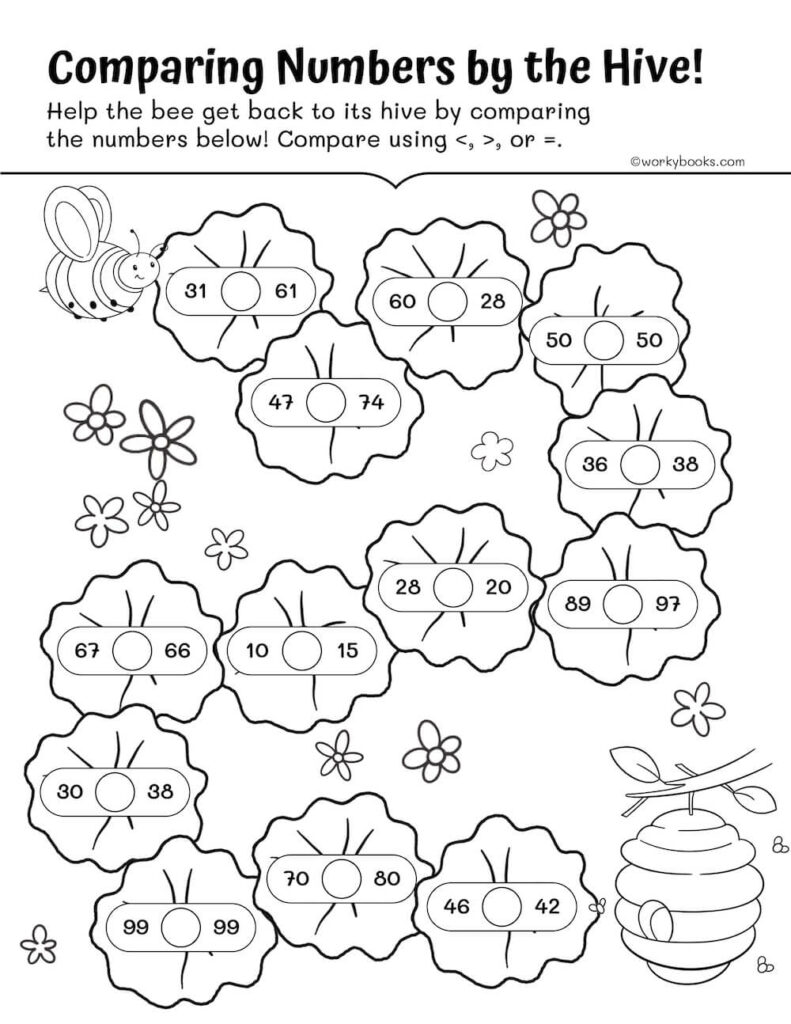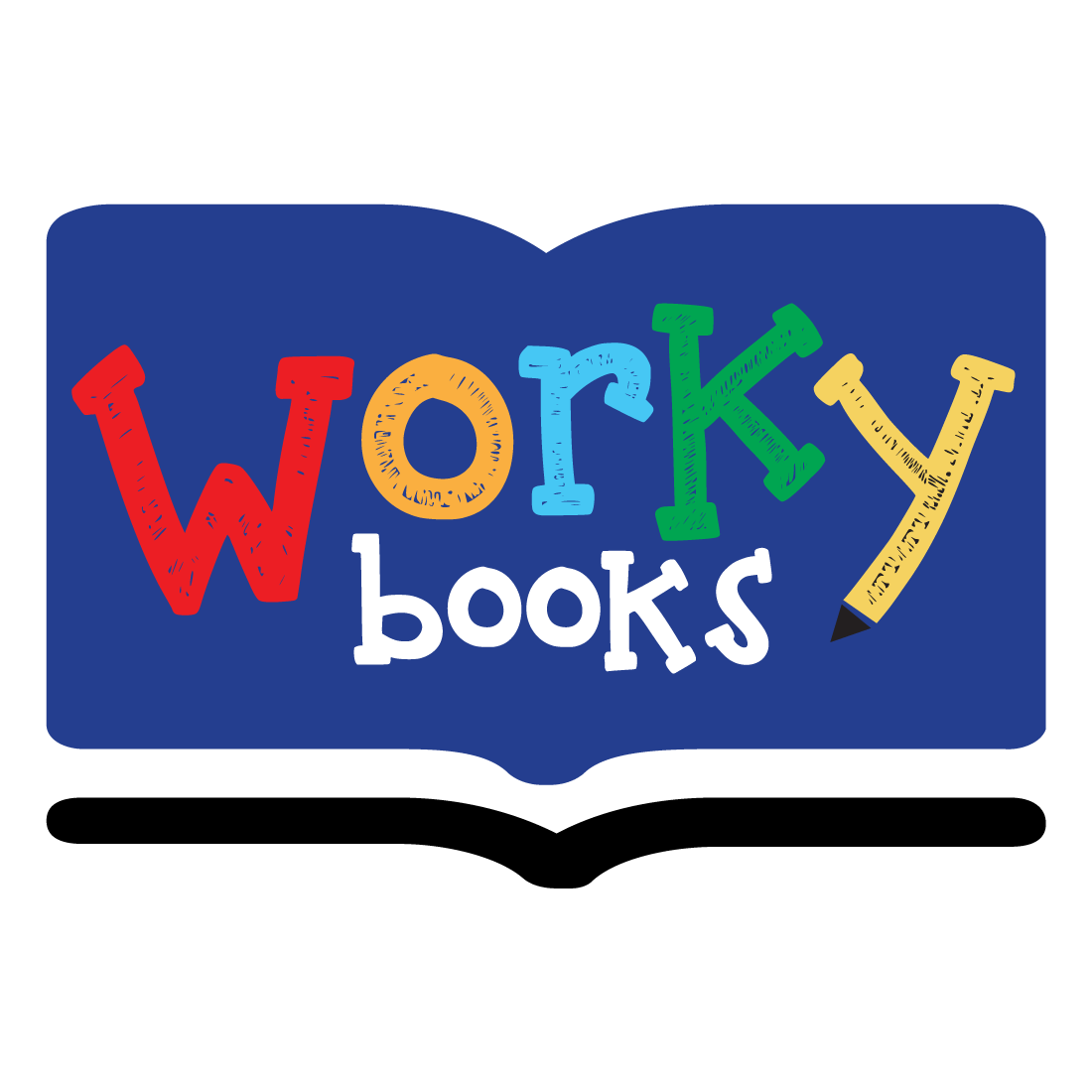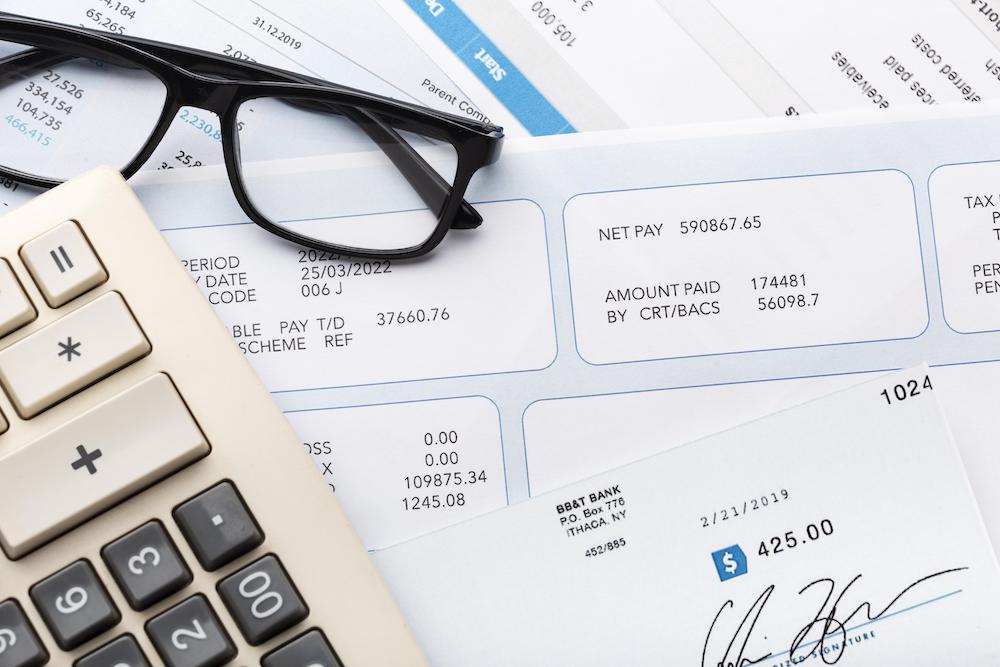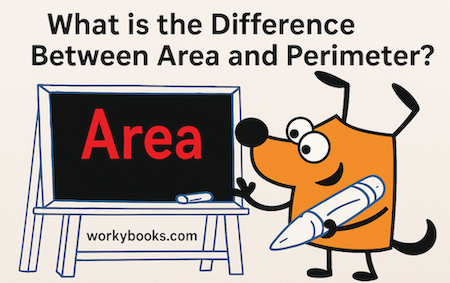How to Remember Greater-than and Less-than Symbols ?
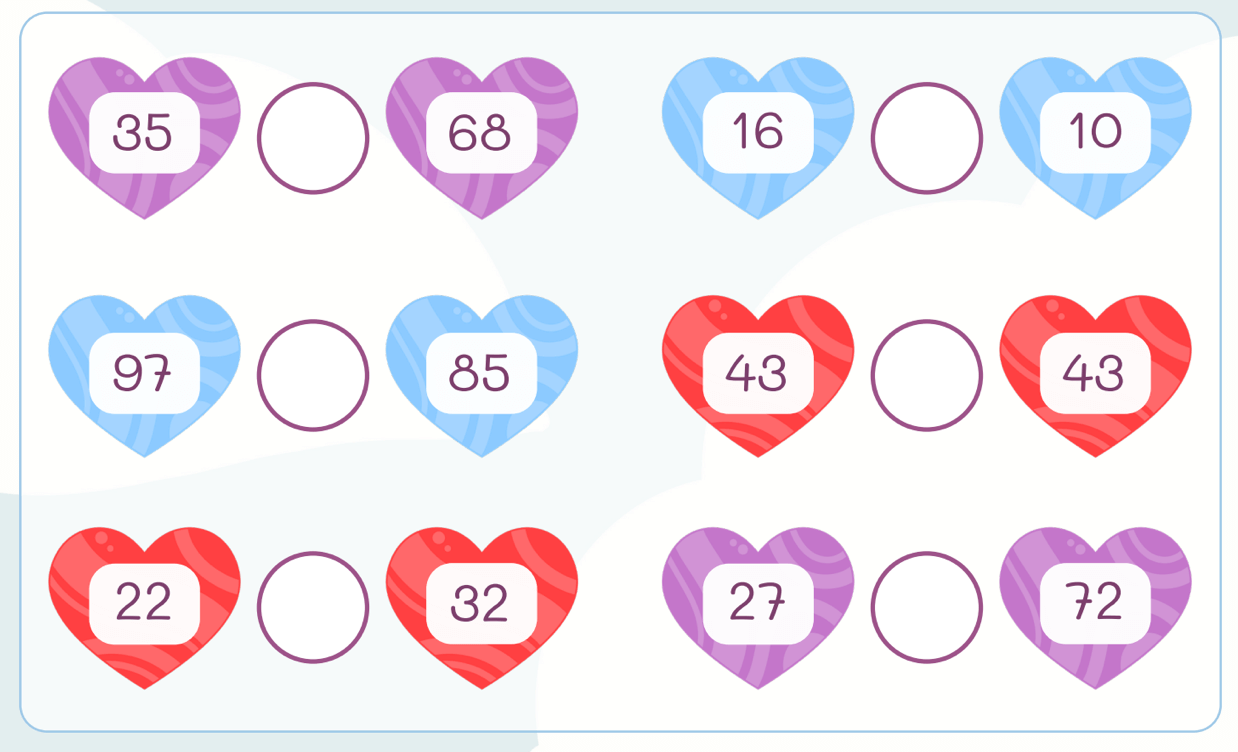
Greater-than and less-than symbols (< and >) are typically introduced in 1st grade and built upon in higher elementary grades. At the start, students use > and < to visibly decipher which is the greater-than and less-than number when looking at two single digits between 1-10.
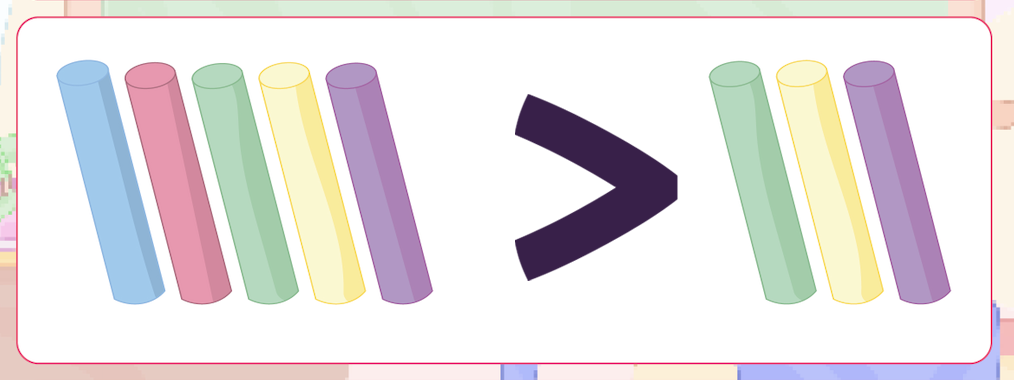
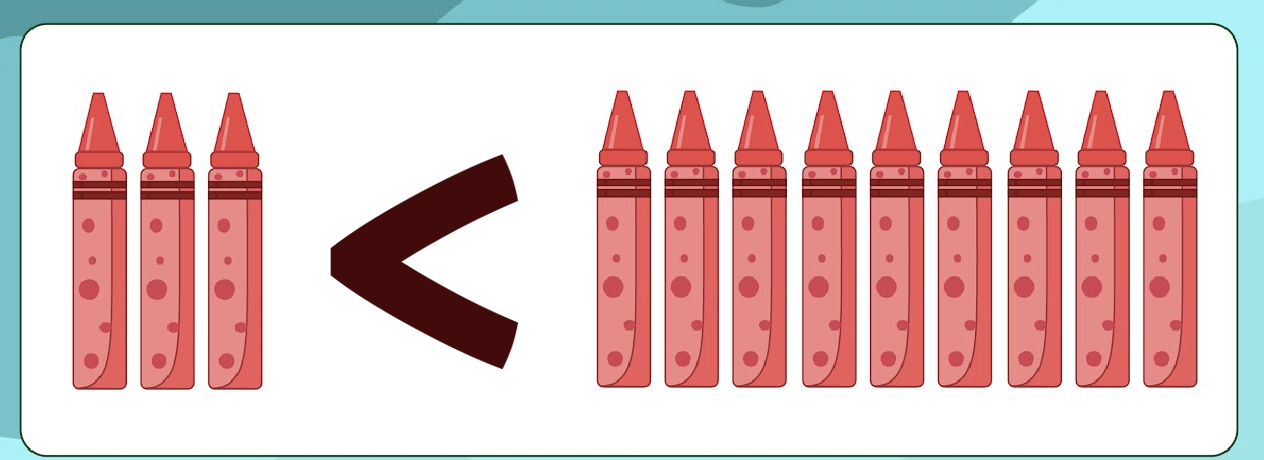
What are Greater Than and Less Than Symbols Called?
There are actually a few different names for the “greater than” (>) and “less than” (<) symbols, depending on the context:
- In mathematics: They are most commonly called inequality symbols. This accurately reflects their function by comparing two values and indicating their relative size.
- Informally: They can also be referred to as comparison symbols or comparison operators. These terms are more general and highlight their role in comparing things, not just numbers.
Who Invented Greater than and Less than Symbols?
The “greater than” (>) and “less than” (<) symbols we use today are attributed to Thomas Harriot, a British mathematician and astronomer. While the concept of comparing numbers existed much earlier, the specific symbols as we know them first appeared in his book Artis Analyticae Praxis ad Aequationes Algebraicas Resolvendas, published posthumously in 1631.
However, It’s Important to Acknowledge Some Nuances:
- While Harriot introduced the core idea of the symbols, some sources suggest the editor of his book may have modified his initial triangular symbols into the angled forms we use today.
- There’s a historical anecdote, lacking strong evidence, about Harriot seeing a similar symbol with Native Americans during his explorations, potentially inspiring his design.
Overall, while multiple contributing factors might exist, Thomas Harriot is widely recognized as the inventor of the “greater than” and “less than” symbols
How to Remember Greater than and Less than?
Imagine a hungry alligator. He loves chomping on big numbers! So, the greater than symbol (>) looks like his open mouth, pointing towards the bigger number he wants to gobble up.
For example, 5 > 3 means 5 is greater than 3, because the alligator would chomp on 5 first!
The less than symbol (<) is like the alligator’s closed mouth, pointing towards the smaller number he doesn’t want to eat yet. So, 2 < 4 means 2 is less than 4, because the alligator would leave the smaller 2 alone.
Which Way does the Alligator Mouth Point for “Greater than”?
The alligator’s mouth always points towards the bigger number, ready to gobble it up!
- So, in 5 > 3, the mouth points to 5
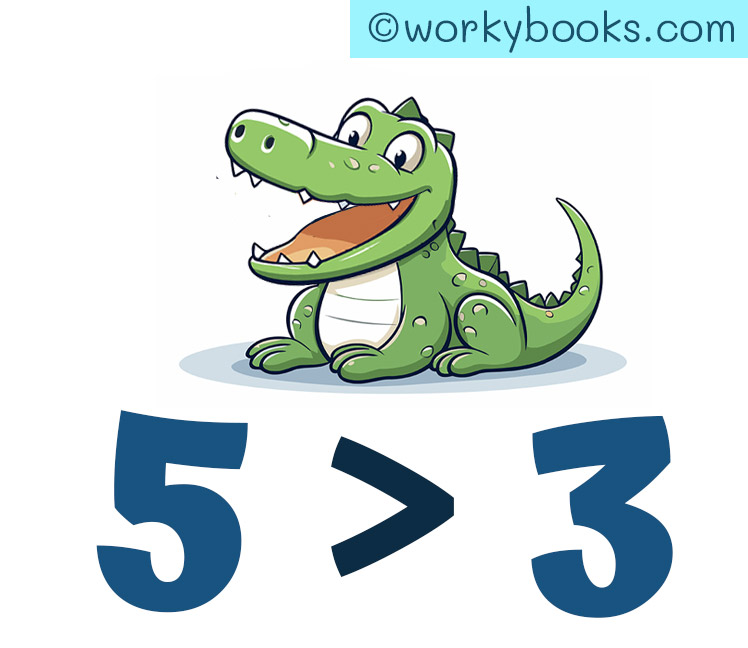
- 6< 8, the mouth points to 8
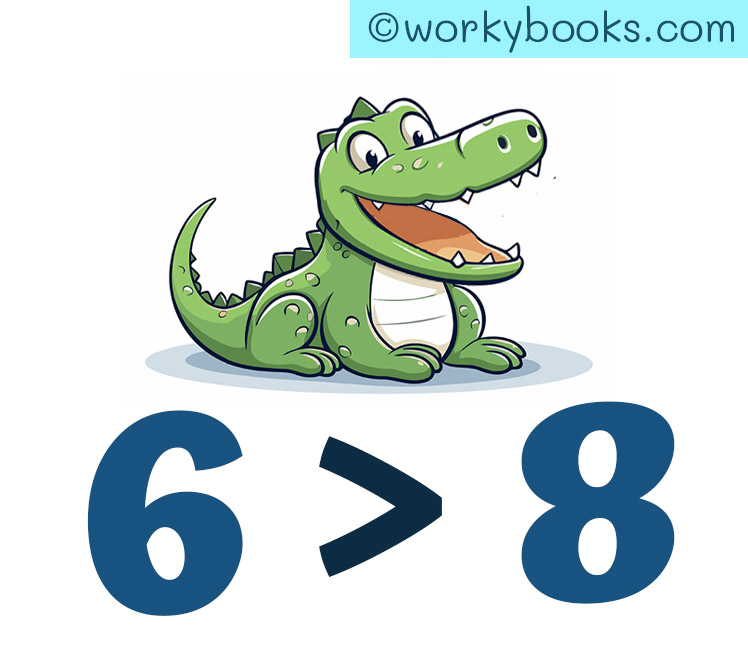
What does the Equal Sign (=) Mean in Comparison?
The equal sign means the two numbers are the same. So, 4 = 4 and 8 = 8 both represent the same quantity.
Advancing to Big Numbers
After getting comfortable using greater/less than symbols with smaller one and two digit numbers in first grade, students progress to comparing larger multi-digit numbers in later elementary. Second graders may compare numbers in the hundreds while third and fourth graders grow fluency applying > and < to numbers up to 1000s and beyond.
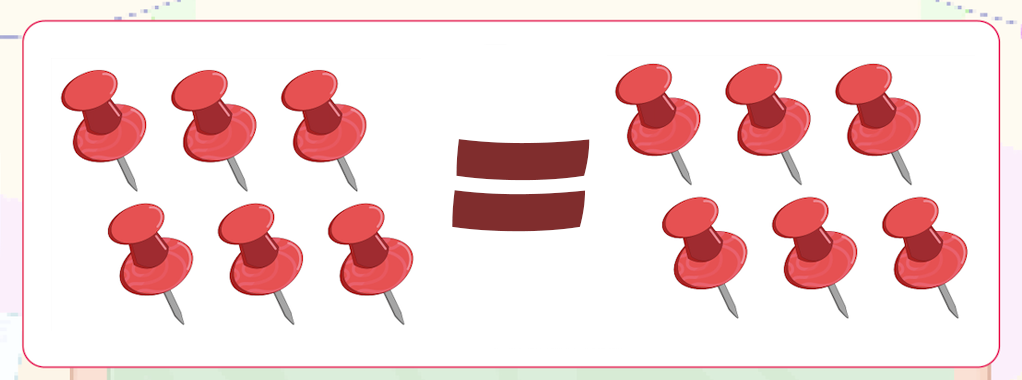
According to the Following Common Core State Standards (CCSS) Progression:
- Kindergarten: K.CC.C.6 – Identify whether the number of objects in one group is greater than, less than, or equal to the number of objects in another group. This involves comparing numerals visually to identify which represents a larger or smaller quantity.
- 1st Grade: 1.OA.7 – Uses symbols (<, >, =) to compare two digits or numbers between 1 and 100. Introduction to comparison concepts.
- 2nd Grade: 2.NBT.4 – Compare two 3-digit numbers based on the value of the hundreds, tens, and ones positions. Extend usage of symbols.
- 3rd Grade: 3.NBT.2 – Fluently add and subtract to compare whole numbers within 1,000. Deepen number sense foundations.
- 4th Grade: 4.NBT.2 – Compare multi-digit numbers using >, <, and = symbols based on digit meaning. Advance to larger numbers.
With each subsequent grade, usage expectations with larger numbers increase until full fluent comparison ability is achieved.
Here are free worksheets for greater than and less than!
